Say what you will about Kickstarter, but it’s brought us some pretty decent games that most likely wouldn’t have been made without it. Can you imagine anybody other than the fans that would invest in an unconventional turn-based strategy game whose key gameplay hook is to have players managing not only combat, but the lives and legacies of the characters they are leading into battle? No. It just wouldn’t be made. Well, that’s what Massive Chalice is. While it relies on the same type of isometric turn-based combat that saw a resurgence in popularity after the reboot of XCOM in Enemy Unknown, this game offers an equally deep campaign and in many ways more.
Over the course of this 300-year war, your characters mature, rank up in their abilities, and then die. Sometimes they perish on the field of battle, sometimes it’s of old age. Some of these characters see battle for their entire lives. Others are selected as breeders and paired with partners to produce offspring to keep your barracks stocked full of talent. Highly skilled characters can move on to become teachers that buff your new recruits when they’re no longer viable in the field. Others become advisors that accelerate your research speed. It’s all up to you. Massive Chalice is all about managing an entire map and gene pool full of possibilities, and building not only your army but its abilities. The management aspect of Massive Chalice is only one half of it though. Taking what you’ve built into battle and defending territories in turn-based combat is the other half, and both are equally gratifying, though not perfect.

Massive Chalice’s overworld runs on a timer that you can start or stop as you wish. As time progresses your characters age, breed, die, and encounter random events. Your role is to expand and control as much of the map as possible. To do this you’ll need to build Keeps, then assign Regents to them. Regents are paired with viable partners to produce offspring. What those offspring are is entirely dependent on the classes of the characters that you’ve chose to breed. The core characters are Caberjacks, Hunters, and Alchemists. Caberjacks being a brute force melee unit, Hunters a ranged unit that uses crossbows, and Alchemists who use a combination of melee and ranged attacks. Pairing these core units with partners that are in their class will yield a unit of the same type. If you mix and match classes for breeding, you’ll get offspring with traits from both parents.
Being that this breeding mechanic is the big difference between Massive Chalice and other games of this type, it’s hard not to to feel disappointed that Double Fine didn’t go a little deeper with it. Offering more variations in the offspring would have been nice. As it stands there are only a handful of possibilities, and unique traits are non-existent. How they make up for it though is through the ability to pass on legacy weapons to your descendants, making them more powerful than other heroes at the very start. These legacy weapons can be passed on for generations, assuming that you keep heroes pumping out of a given Keep in the same class.

As the days tick by in Massive Chalice, your regents will mate and produce offspring, you’ll see research projects complete, and building projects come to fruition. However, your lands will also be invaded. When they are, it’s up to you to field the best team available to fend off the attack. Lose a battle and the corruption eats your kingdom from the outside in. Lose all territories to the corruption and the game is over. You’ll be attacked on multiple fronts when this happens, and it’s up to you to choose the best location to allocate your resources. If the corruption invades a region three times without being defended, it is lost forever and the kingdom becomes a little smaller.
You’ll take a number of things into consideration when selecting which regions to defend. Has it been invaded before? What are the bonuses associated with defending this area compared to others? There are times where you won’t have any option in defending an area, these Keep invasions will see monsters invading a specific house in which you’ll need to defend or lose a bloodline completely.
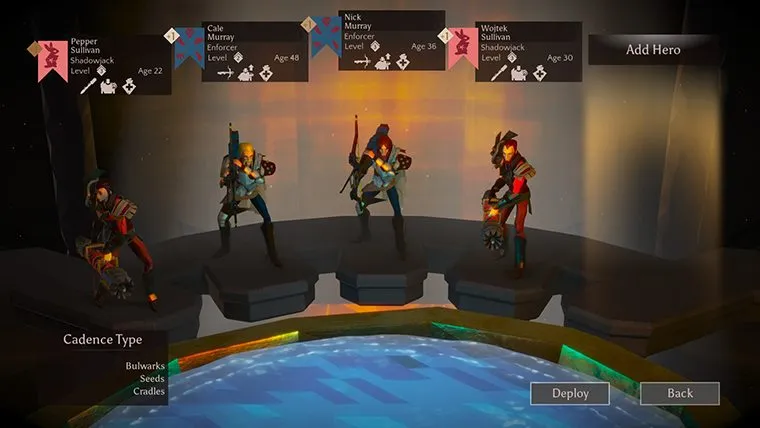
Regardless of the scenario you can mix and match experienced older characters and younger, greener heroes to fill out your five person army. There’s a core set of abilities for each class when starting out, but as time passes and battles are fought your characters level up and a branching skill tree can be customized for each character in your army. Accessing those new abilities really just boils down to surviving battles and making kills to gain XP. Aside from those core class abilities and skills you can outfit each individual with unique weapons, upgraded armors, and special items like health vials, steady aim modules, and many others, assuming that you’ve done the research for them.
Once in battle, Massive Chalice looks and feels pretty similar to contemporary turn-based strategy games. Each turn has you using action points for your characters, how you allocate them is up to you. You can scout the area and lift the fog of war, then plan out the attack on your enemies. Each invasion can play out quite differently depending on a number of factors. Do you have an experienced and balanced party assembled? Are these classes the best fits against the monsters you’ll find in this encounter?
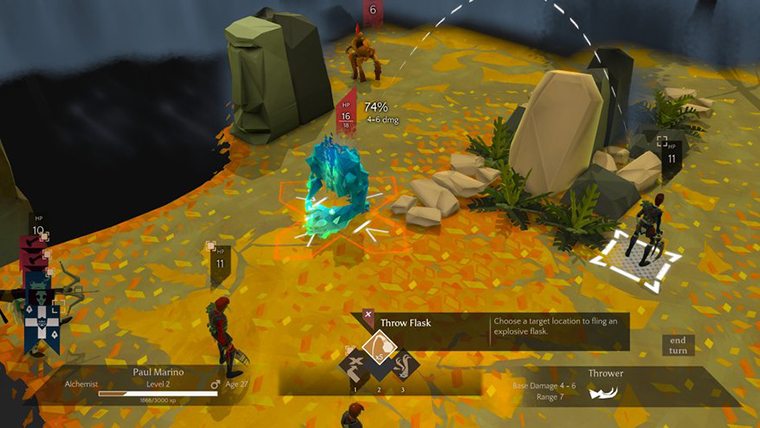
Battle missteps in Massive Chalice can be costly. Lose a character in battle and it’s permanent. The possibility of this permanent loss makes each turn important, and having as much information about the enemies on the battlefield, their abilities and its layout is extremely valuable. Though careful as you may be, the lack of a defensive posture or “Overwatch” mechanic really hampers the gameplay in Massive Chalice. There are no movement counters in the game. As you move you won’t be picked off by enemies mid-turn. Though you can’t pick them off either, and nothing is stopping them from rushing out of the fog of war to take out a key member of your party. Invasions are over just as soon as you clear the area of all monsters. Though there’s really no way of telling just how many are left, and you’ll often find yourself in a compromised position only to find a single monster or pack hiding in a corner to ruin someone’s day.
The combat in Massive Chalice is decent, serviceable if you will — It’s not quite as fleshed out as the breeding, research, and management components of the game. I found many turns where I wanted to rush through the combat to get back to job of building the kingdom. Like the combinations of characters that you can create, there’s a lack of actual enemy types in the game. While those that are there are varied and have different abilities and attacks to counter, it would have been nice to see new types of enemies other than “Advanced” variations in the back half of the campaign. Taking it a step further, Massive Chalice will certainly challenge you if you wish. There are three difficulty levels which affect research times and XP requirements, making it exponentially harder to hold out for the full 300 years. For the truly devout, an Iron Mode can be tackled that will overwrite your save file after every action you take, making every choice you make a permanent decision.
The Verdict
Massive Chalice really has a unique and interesting premise and even with the lackluster combat it’s a lot of fun to play. The management of bloodlines and Keeps, the necessity to keep breeding different types of units to keep your army balanced, and a wide array of power-ups you can research make each playthrough feel different.



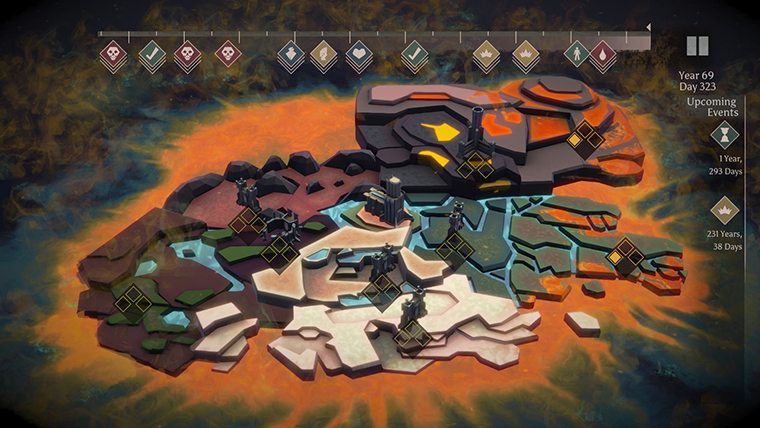

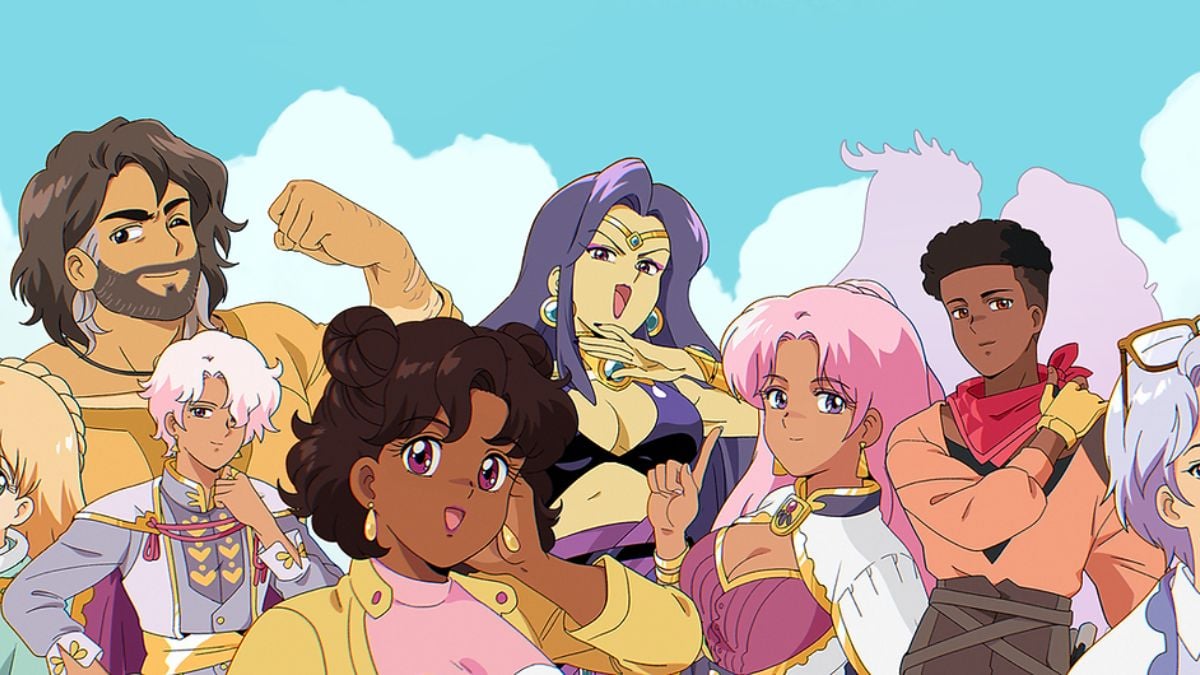
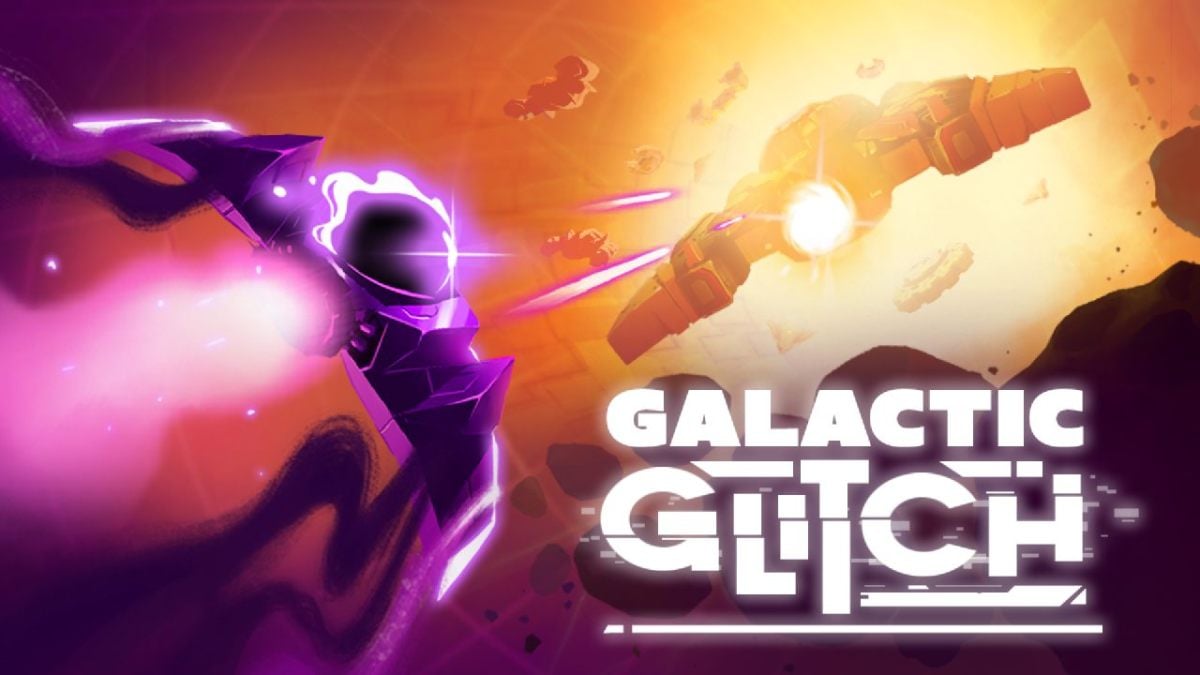
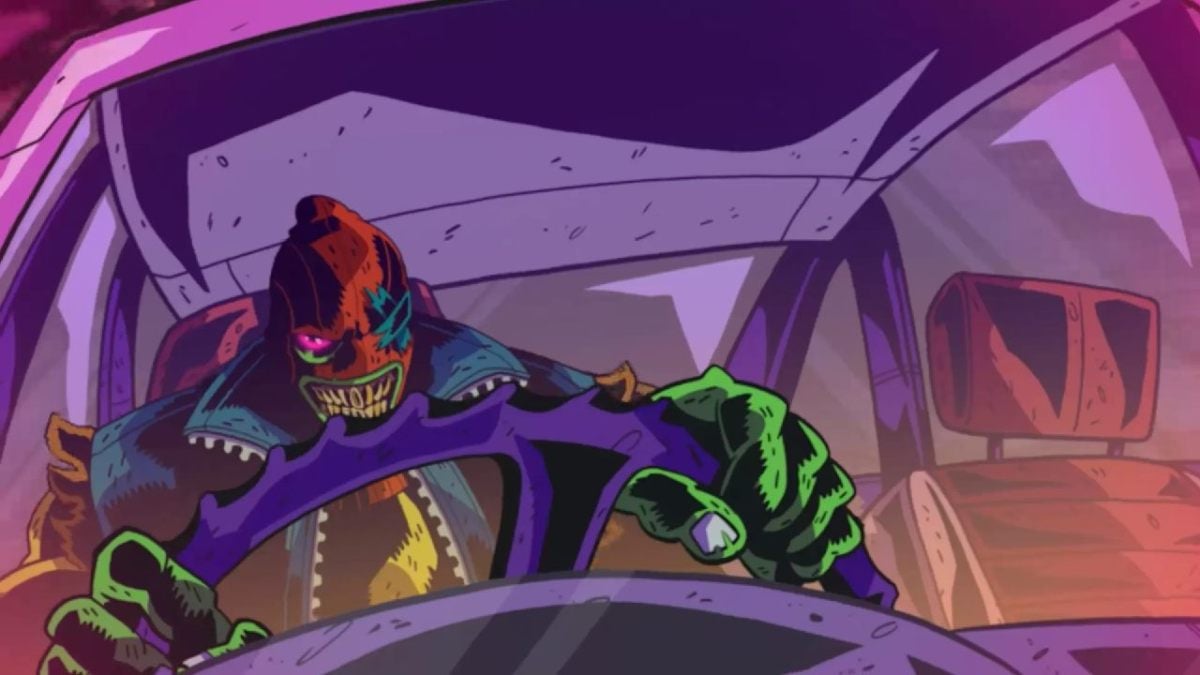
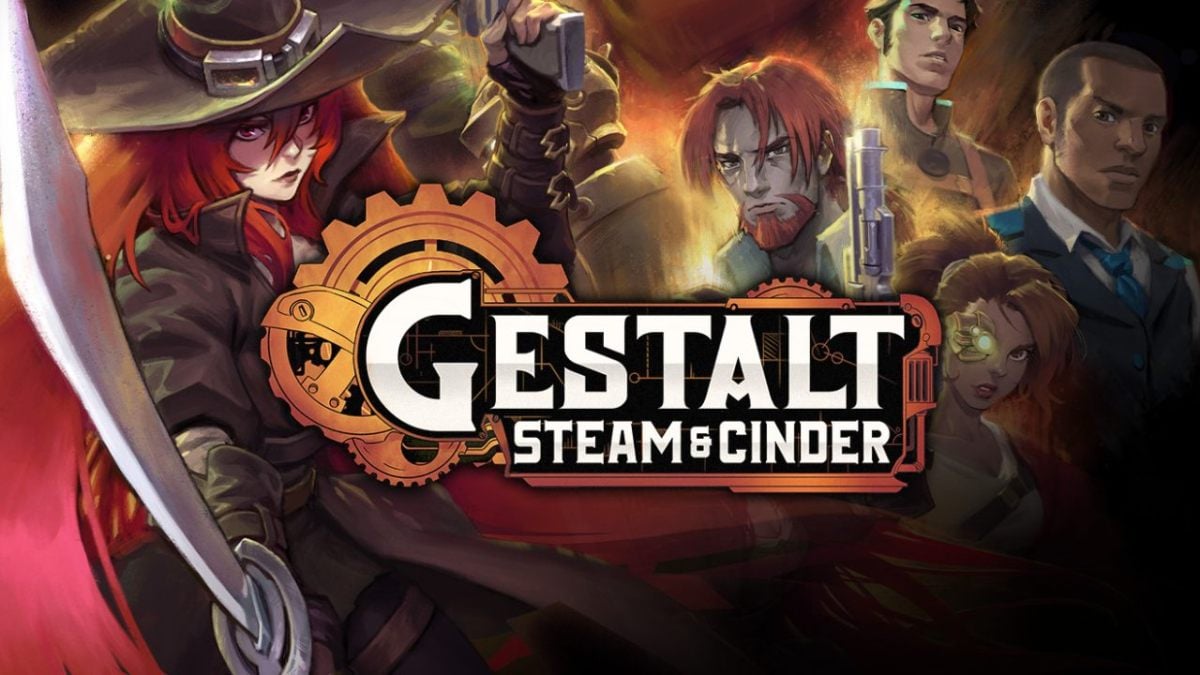
Published: Jun 1, 2015 11:19 am